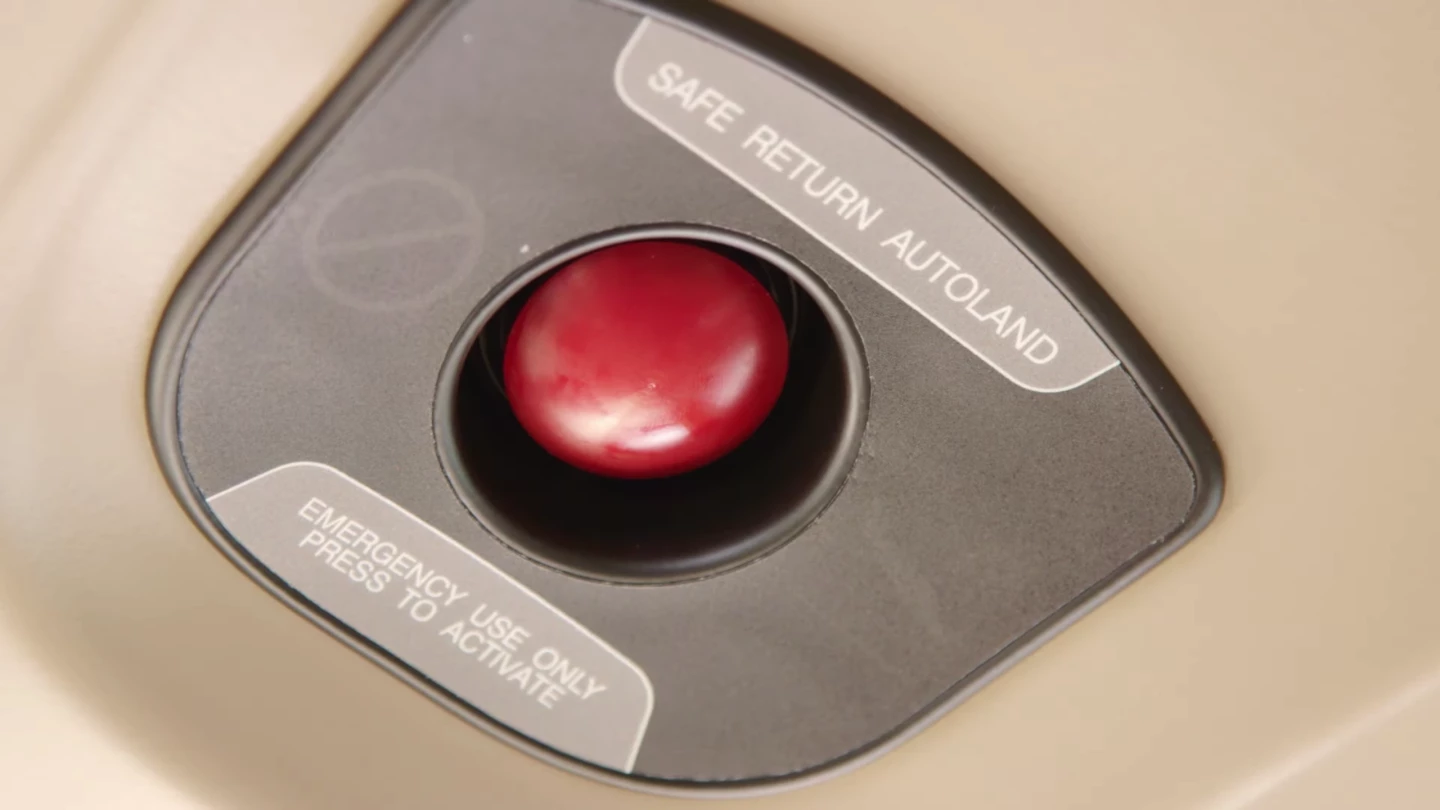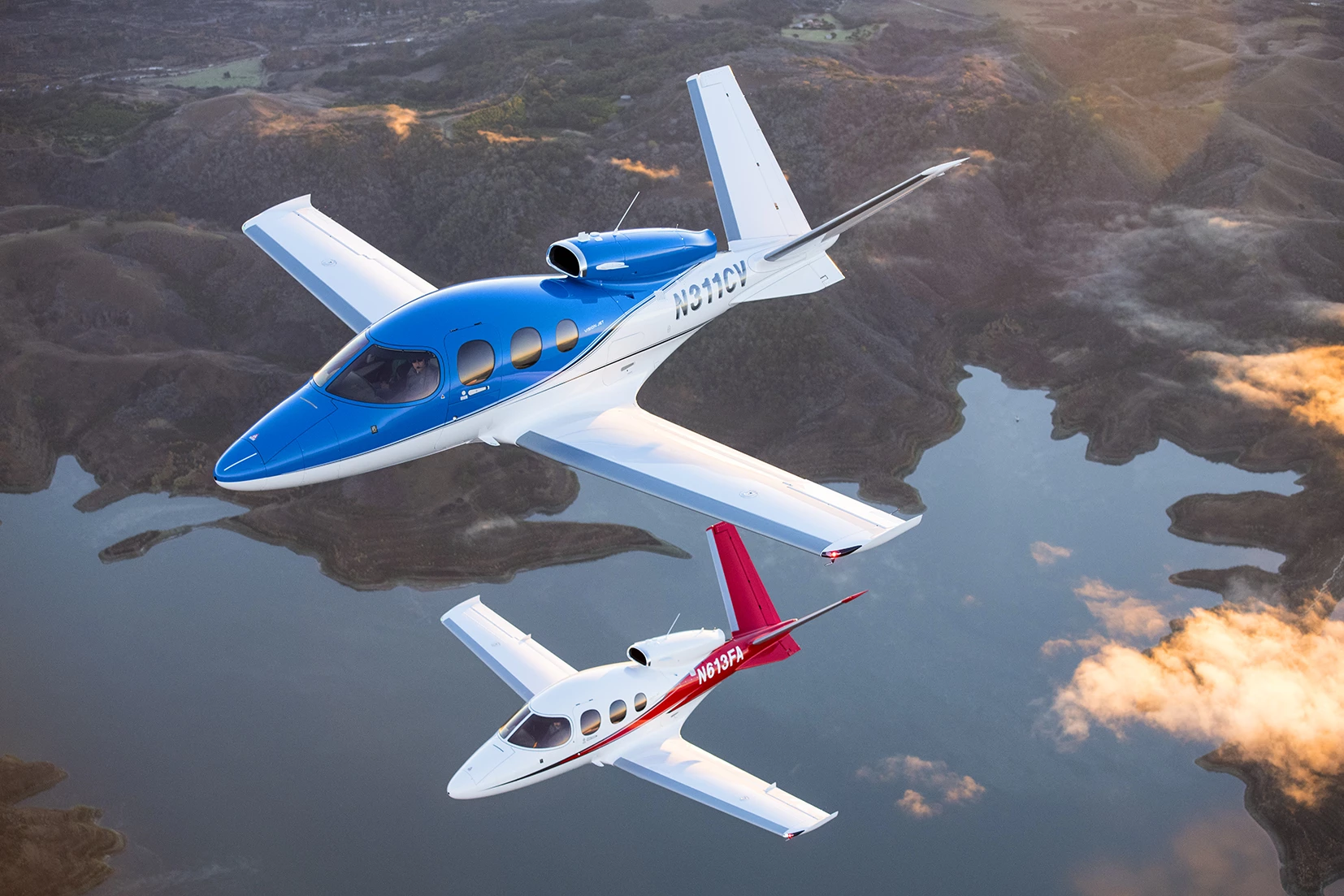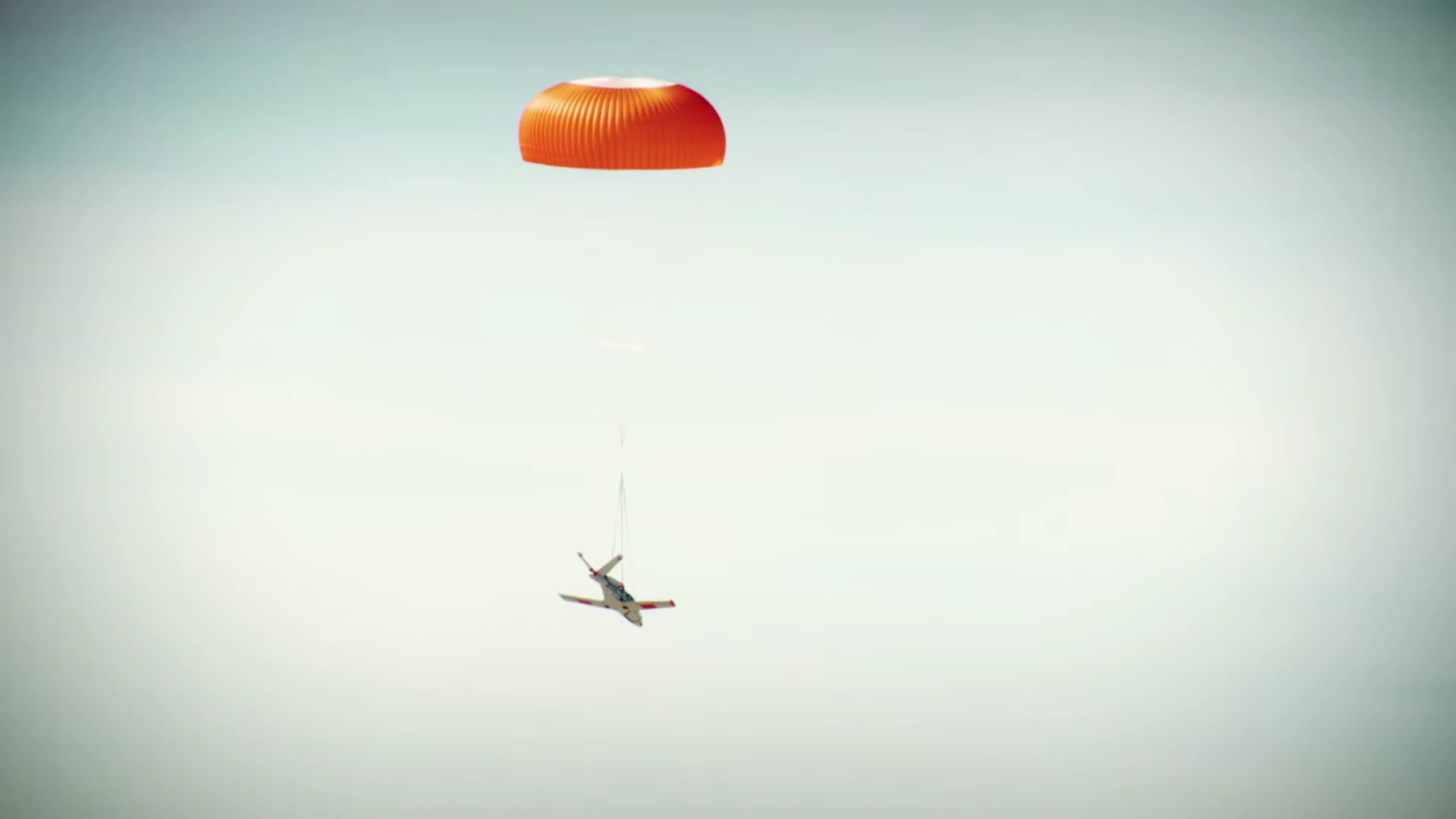An important step towards autonomous aviation was taken today, as Cirrus Aviation announced "Safe Return" functionality for its G2 Vision jet, which will find the nearest airstrip, alert authorities and land itself in an emergency.
The Vision is a small private jet capable of seating seven people, cruising at over 300 knots at 31,000 feet. Small, quick and user-friendly, it's good for those that wish to fly themselves, as well as being flown. It's been a successful product for Cirrus, but its new functionality could represent something bigger. CEO Zean Nielsen calls it "a product that we believe is going to change personal aviation forever."
Safe Return Autonomous Autoland, developed in conjunction with Garmin, manifests as a button on the roof of the Vision jet that is accessible to passengers. If something happens to the pilot, a passenger can hit the button and request an autoland.

At this point, the pilots' displays in the Vision jet change to display information more relevant to passengers. The flight control system engages an autopilot, and scans surrounding terrain, weather and airstrips to find the closest safe place to put the plane down.
Inside the cabin, passengers get a readout and audio message telling them how soon the plane will be landing. Meanwhile, the system is automatically squawking on emergency channels to rally emergency services and alert control towers. It routes itself to the selected airport and runway, slows itself down, drops the landing gear, and monitors altitude precisely as it brings itself over the runway and flares for a soft landing.
The aircraft then taxis and brakes to a stop, at which point the passengers can jump out and the emergency services can get on board to deal with whatever's happened to the pilot.
In essence, the Safe Return system answers that one nagging question all air passengers who've seen the Airplane movie carry with them subconsciously: could you land an aircraft if you had to? Now, any passenger who survives whatever knocked the pilot out can bring the Vision jet down safely.

This new system comes in on top of a separate last-gasp ballistic parachute system the Vision already employed, which can deploy in the case of total catastrophic failure and bring the jet down gently and wheels-down.
Aircraft can already fly themselves very competently in the air. The ability to auto-route and land, maintaining contact with authorities on the ground, is an important step towards fully autonomous aviation, in which aircraft will queue and taxi around airports at the direction of air traffic control, then take off, navigate and land themselves, taxiing in to their arrival bays and requiring no input from a human pilot.
Check out a video detailing the technology below.
Source: Cirrus Aviation







